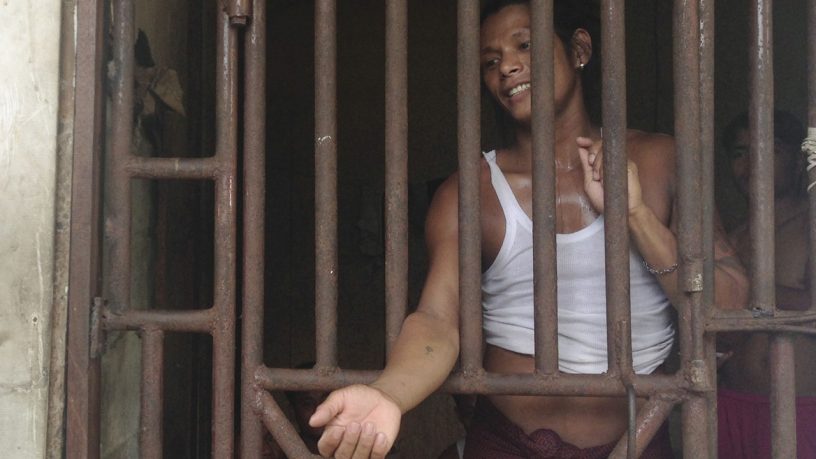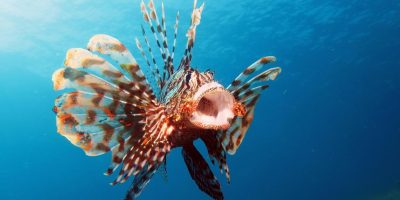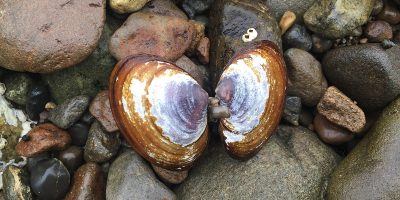By Quillen Tran, Aquatic and Fishery Sciences undergraduate
I don’t need to tell you that fishing is a problem. In 2016, over 90% of fisheries were fully fished or overexploited, and destructive practices like bottom trawling had only just elicited a ban—albeit informal—from the European Union. Plus, fishing selection pressures in general are shrinking the average size of fish in the ocean and overfishing specifically threatens many species with extinction. The continued damage done to our oceans by fisheries overexploiting stocks and utilizing destructive methods is worrying to many people, including me.
When the negative effects of overfishing are so clear, it can seem like the solution is also clear. Fishing is causing the problem—ergo, it’s the fault of fishermen, and since the management balancing game is risky, we just need to stop fishing. After all, if fishermen won’t stop taking fish out of the ocean, how are ecosystems ever going to recover?
The problems with fisheries are real and concerning, but there’s a narrative being pushed. All of the problems with the fishing industry can be conveniently blamed on its mere existence—if fishing didn’t happen anymore, then that’d be a major stride towards fixing these ecological concerns, right?
Other writers have already addressed some of the reasons why we can’t just stop fishing, such as the nutritional needs of indigenous subsistence fishers, and whole other blog posts could be written on fishermen who may not be nutritionally reliant on fishing but are economically reliant on it, as well as on who is really culpable for overfishing—fishermen, or the corporations and organizations they work for? But here I’d like to address one particular part of this narrative: the false dichotomy that sets up fishers as exploiters and fish as exploited, and subsequently, fishers as the enemies of environmentalists.
On February 1st, 2018, the Monterey Bay Aquarium launched the Seafood Slavery Risk Tool—similar to their Seafood Watch program, except instead of telling you whether or not a fishery is using sustainable and nondestructive practices, the Seafood Slavery Risk Tool tells you what the chance is that a given fishery will be involved in forced labor, child labor, and/or human trafficking. It shouldn’t be surprising that a lot of the fisheries on the (incomplete) list are identified as high or critical risk; the nature of many fisheries makes hiding human rights abuses relatively easy. Practices such as transshipping allow boats to remain at sea for months at a time, during which oversight is impossible and crew are trapped on board. Additionally, a lot of valuable fisheries, including Taiwan’s tuna fisheries, are in poorer and developing nations—and it’s no secret that poverty is a major risk factor for human trafficking.
However, while poverty is a factor, this isn’t a problem just for poorer nations. The UK’s scallop fisheries feature on the list of critical risk fisheries. Vessels not certified with Seafish’s Responsible Fishing Scheme (an organization dedicated to showing which vessels are engaging in proper labor and environmental practices) were the subject of an investigation after African and Asian men suspected of being modern slavery victims were found aboard.
Additionally, though the labor abuses of other countries are vitally important to be aware of given that the USA imports more than 80% of its seafood (and much of that from Thailand), don’t think that our hands are clean in this regard. In 2016, much of the fishing in Hawaii was done by immigrants who were denied visas, and, unable to set foot on US soil, became trapped on fishing boats. And as recently as October, a fishing vessel ran aground while transporting workers from Vietnam, Indonesia, Kiribati, and the Philippines into Hawaii.
Victims of slavery in the fishing industry are frequently some combination of underfed, overworked and sleep-deprived, physically and verbally abused, denied medical care, and underpaid (or not paid at all). One survivor of fishery-related human trafficking was nearly beaten to death when he asked to go home.
When we advocate for better fishing practices, environmentalism shouldn’t be our only goal, nor should we make the mistake of pitting ourselves against fishermen. The fishing industry exploits both fish and humans indiscriminately, meaning fishermen are all too often not the exploiters but the exploited ones. We should be careful to recognize who the real enemy is and maintain empathy for those reliant on or trapped by an industry that is a problem for us all.
Modern Slavery, banking, and money laundering from Liberty Asia on Vimeo.






Leave a Reply